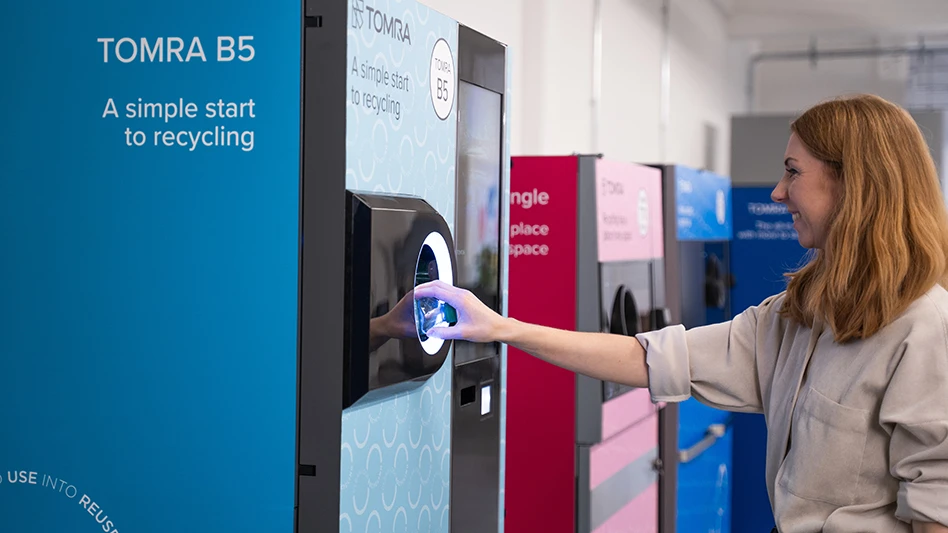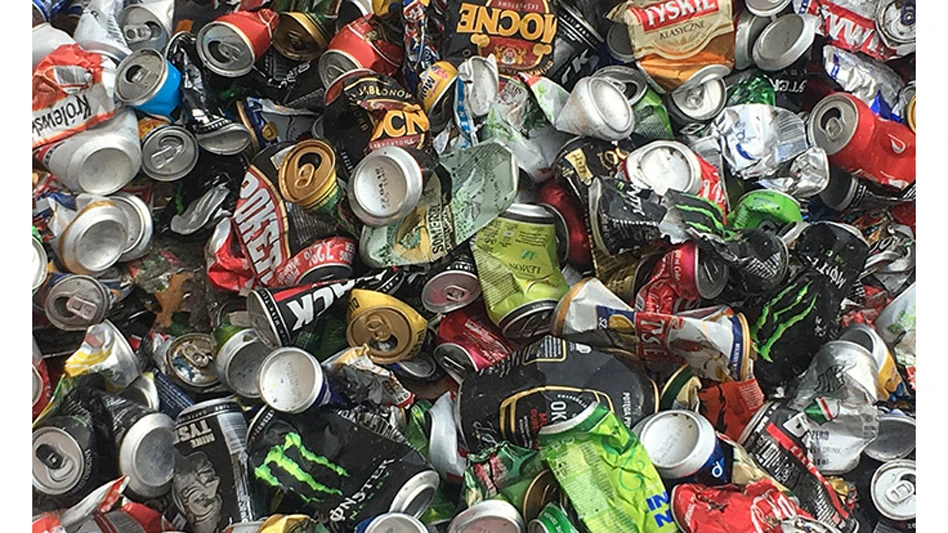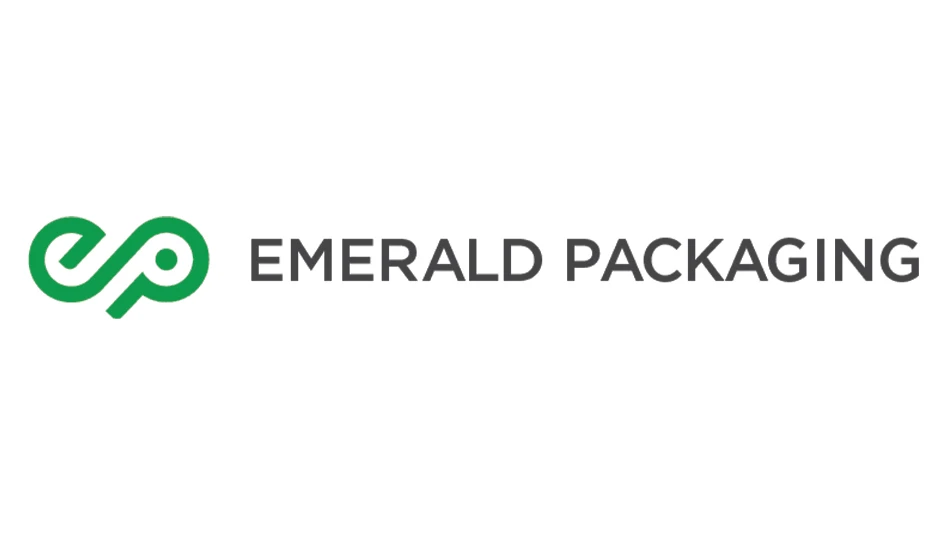
Logo courtesy of Alcoa
Pittsburgh-based Alcoa Corp. has announced that the Portland Aluminium smelter in the state of Victoria in Australia has begun to reduce its overall production in light of operational instability.
Production at the smelter will be reduced to approximately 75 percent of the site’s total consolidated capacity of 358,000 metric tons per year (mtpy). Alcoa says its share of the total capacity is 197,000 mtpy. The smelter, which has a total of 408 pots, previously had been operating at about 95 percent of its total capacity.
The smelter recently has faced instability and challenges related to the production of rodded anodes, which are necessary to convey electricity into the smelting pots, Alcoa says.
Portland Aluminium is an unincorporated joint venture among Alcoa of Australia Ltd. (55 percent), CITIC Nominees Pty Ltd. (22.5 percent) and Marubeni Aluminium Australia Pty Ltd. (22.5 percent). Alcoa of Australia is owned by Alcoa Corp. (60 percent) and Alumina Ltd. (40 percent).
“Our teams are focused on safely taking the production offline and working to restore stability across the facility,” says Bill Oplinger, executive vice president and chief operations officer. “Completing this task in a controlled fashion is our priority as we work to improve operations.”
According to an Alcoa fact sheet about Portland Aluminium, most of its product is exported to customers in Asia, with the smelter producing approximately 19 percent of Australia’s total aluminum production. Alcoa’s Australian operations represent one of the world’s largest integrated bauxite mining, alumina refining and aluminum smelting systems.
Recently, according to a JP Morgan report obtained by the Reuters news organization, Alcoa would be a worthy acquisition for mining giants such as Australia’s BHP Billiton or London-based Rio Tinto. According to the JP Morgan analysis, either of the two mining giants could put together the capital to make such a deal, which the firm estimates would cost in the range of $50 billion.
Latest from Recycling Today
- ReMA urges open intra-North American scrap trade
- Axium awarded by regional organization
- China to introduce steel export quotas
- Thyssenkrupp idles capacity in Europe
- Phoenix Technologies closes Ohio rPET facility
- EPA selects 2 governments in Pennsylvania to receive recycling, waste grants
- NWRA Florida Chapter announces 2025 Legislative Champion Awards
- Goldman Sachs Research: Copper prices to decline in 2026





